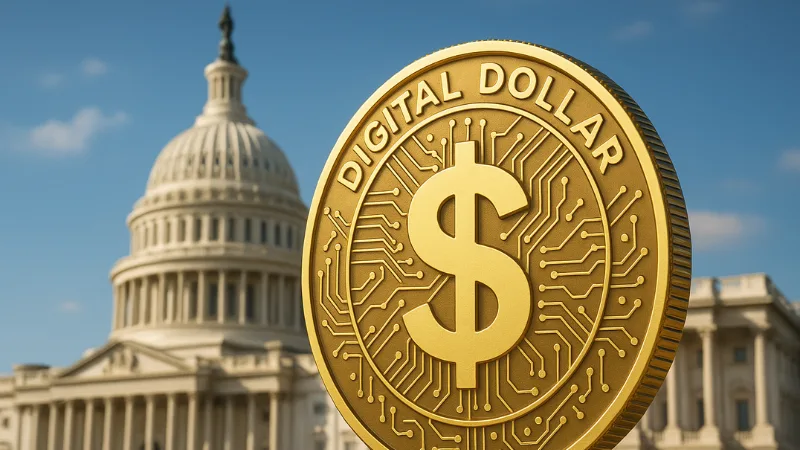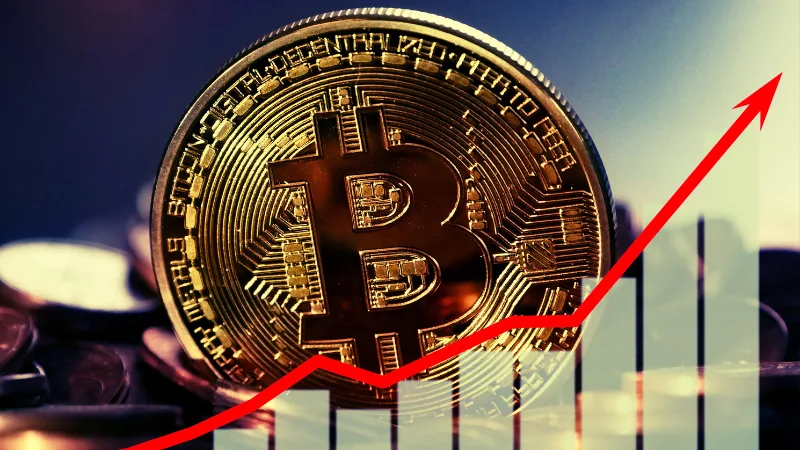The Scarcity Principle Behind Bitcoin’s Rise
Bitcoin investors rejoiced as the world’s largest cryptocurrency surpassed the $100,000 mark, solidifying its status as a valuable digital asset. Central to this rally is a unique feature of Bitcoin: its capped supply of 21 million coins. With around 19.8 million Bitcoins already mined, the remaining supply is both finite and increasingly difficult to produce, driving speculation and demand.
Why Scarcity Matters
Bitcoin’s scarcity is often compared to rare collectibles or finite resources like beachfront property. Limited availability, combined with high demand, is a recipe for rising prices. As the last Bitcoins come online, competition among buyers is expected to intensify, bolstering its value.
However, Bitcoin’s volatility remains a concern. Critics point to its history of dramatic price swings, including an 80% plunge from its 2021 peak following the FTX exchange collapse. These fluctuations highlight the risks associated with Bitcoin’s market.
Bitcoin as a Deflationary Asset
Unlike traditional currencies such as the U.S. dollar, Bitcoin is immune to inflation caused by overprinting. The cryptocurrency was designed by its pseudonymous creator, Satoshi Nakamoto, to avoid inflationary pressures. Nakamoto’s 2010 post emphasized Bitcoin’s fixed supply as a hedge against arbitrary monetary inflation.
Bitcoin miners validate transactions by solving complex mathematical puzzles, earning Bitcoin rewards. These rewards halve approximately every four years, a process known as “halving,” which reduces the creation of new Bitcoins and adds to its scarcity. By 2140, Bitcoin’s supply is expected to reach its cap of 21 million coins.
Lost Bitcoin: An Unintended Scarcity
Estimates suggest that more than 1.5 million Bitcoins, worth over $150 billion, have been lost due to misplaced keys or hardware. Early adopters often lost access to their holdings when Bitcoin was worth mere cents. Additionally, around one million Bitcoins mined by Nakamoto have remained untouched since 2009. If Nakamoto is deceased, these coins will remain inaccessible, further reducing Bitcoin’s circulating supply.
Institutional and Government Bitcoin Holdings
Institutional investors and governments are locking up substantial portions of Bitcoin, tightening its supply further. Companies like MicroStrategy and Tesla have added Bitcoin to their balance sheets, while exchange-traded funds and even governments hold Bitcoin as part of their reserves. The U.S. government, for example, holds significant Bitcoin assets seized from criminal activity.
During his campaign, President-elect Donald Trump proposed creating a national Bitcoin reserve, signaling potential government endorsement of the cryptocurrency. This policy could significantly impact Bitcoin’s supply dynamics and market behavior.
The Future of Bitcoin
As Bitcoin nears its supply cap, its scarcity is likely to play an even greater role in driving demand. However, the cryptocurrency’s price will continue to depend on market sentiment, adoption rates, and macroeconomic conditions. Investors should remain mindful of the risks associated with this volatile asset.





